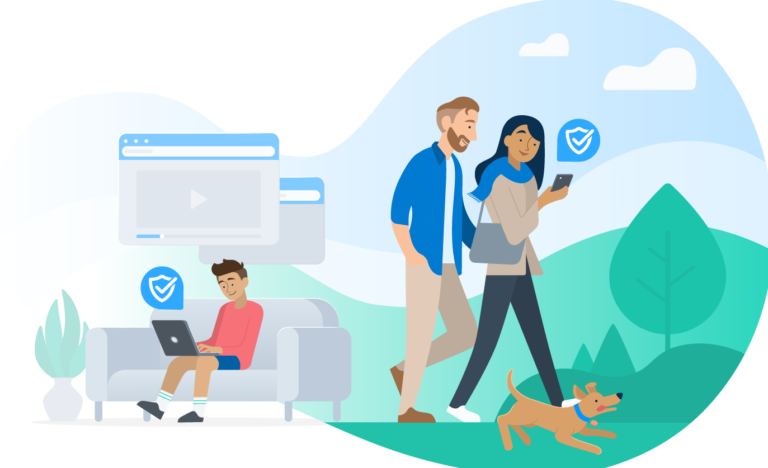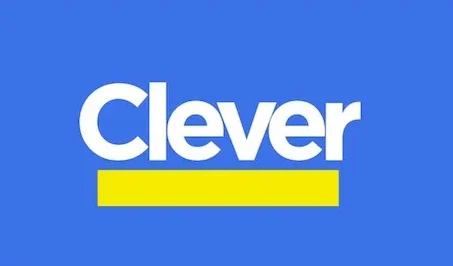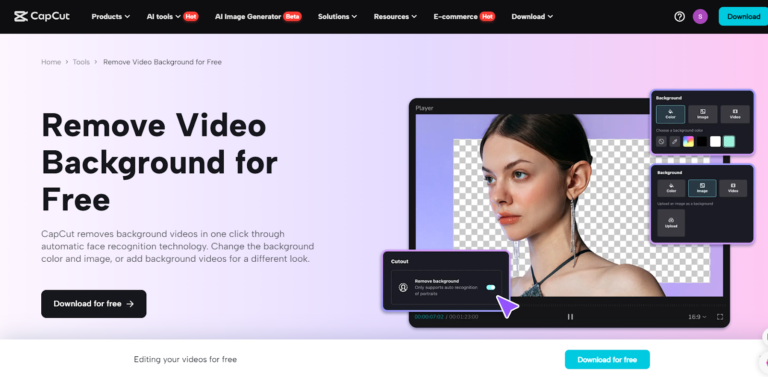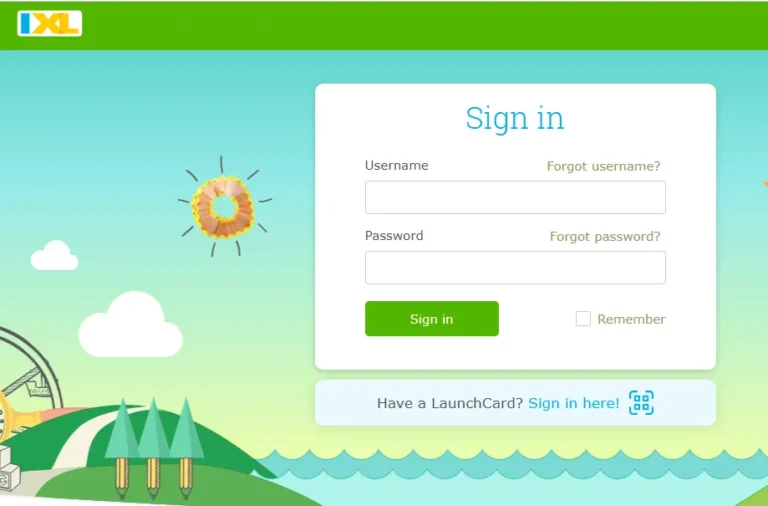Introduction
If you’ve ever tried to open a simple website at school and landed on a Securly blocked page, you’re not alone. Many students across the U.S. are wondering how to turn off Securly and take back their online freedom. Securly is a powerful web filtering software designed to control access to certain websites through school internet blocks. While its goal is to promote safe browsing policies, it often results in blocked access to important learning tools. Students are left frustrated by device-based restrictions that can even affect personal research and creativity. This article will explain your options, your rights, and smart steps forward.
What Is Securly and Why Is It Used?
Many students ask how to turn off Securly when they can’t open websites they need. Securly is a web filtering software used by schools to control what students can see online. It helps with secure internet monitoring to block sites that are not safe or not useful for learning.
Schools use Securly to follow safe browsing policies. It blocks adult content, social media, and gaming websites. This software is part of classroom internet control. Teachers and IT teams use it to watch what students do online. Even online learning tools blocked by mistake can stay restricted until an admin changes the settings.
Understanding the Restrictions Imposed by Securly
Securly does not just block bad sites. It also stops students from using tools they may need. Many run into Chromebook internet restrictions or face a Securly blocked page even for safe websites.
These network restrictions apply to school Wi-Fi and sometimes school devices too. They fall under device-based restrictions. The goal is safety, but many students feel it’s too much. They struggle to finish research because restricted websites at school include learning platforms.
How Securly Affects Student Internet Freedom
Being safe is good, but blocking everything? Not so much. Many students feel their student digital rights are limited. They want online privacy in schools, but Securly monitors all activity.
Because of internet censorship in schools, students often can’t explore new ideas or access tools for creative projects. It makes it hard to learn freely. That’s why many search for how students can access blocked sites or get around school Wi-Fi restrictions without breaking the rules.
Common Securly Limitations Students Face Daily
Students face these daily issues with Securly. They often ask: why is Securly blocking everything? Here are common problems:
| Issue | Impact |
|---|---|
| Blocked educational sites | Can’t research for assignments |
| Limited video content | Can’t watch lectures or tutorials |
| No access to forums | Can’t ask questions or get help |
| Blocked email services | Hard to communicate with teachers |
When Securly blocking educational websites happens, it slows down learning. This is especially frustrating for group projects and last-minute homework.
Proven Ways to Bypass or Disable Securly
Some students try to find ways to bypass Securly. But remember, it’s set up by school admins. Trying to disable Securly without admin access can be tricky. Still, there are methods to learn about.
Some search for how to turn off Securly using DNS changes or apps. These often don’t work on school-managed devices. A common method is switching to a personal device not linked to the school. Others try using mobile data to avoid school Wi-Fi access control completely.
Bypassing Methods: VPNs, Proxies & Browsers
There are tools people use to try and unblock websites at school. VPN to bypass school filter is a popular search. VPNs hide your IP and encrypt traffic. This lets students access sites like YouTube or Reddit.
Another tool is a Tor browser to unblock school sites. It routes traffic through many servers. A third option is proxies. These are firewall bypass tools, but most free ones are slow or unsafe. For safety, use only trusted tools to protect your data.
Is It Safe? Risks and Consequences You Should Know
Trying to bypass Securly on school Chromebook may seem simple, but it comes with risk. If caught, you may face school discipline or worse. So, is bypassing Securly illegal? In many cases, yes, if it breaks school policies.
Also, free VPNs and proxies can steal your data. These tools may infect your device. You could also lose access to school services. That’s why it’s important to know the risks of using bypassing content filters.
Ethical Alternatives to Gaining Access
There are better, safer ways to access what you need. First, try alternatives to Securly. Use school-approved learning platforms that offer similar tools to the blocked ones.
Second, talk to your teacher about content you can’t reach. This helps everyone. You might be able to get that site unblocked or find a safer option. Don’t forget, many apps now have school-safe versions made just for students.
How to Talk to Network Admins About Securly Limits
Wondering how to talk to your school about Securly? Start by being respectful. Ask if they can review the filter settings. Show them why a blocked site is useful for classwork.
Also, share examples. If a research website is blocked, explain how it helps. You can even bring in articles that talk about students rights online or learning tools. This helps start a real conversation.
Advocating for Digital Freedom in Education
Students have the right to learn freely. That means talking about digital freedom in schools. When you speak up, others might follow. Start a petition or talk to your school’s digital safety team.
Use real examples to support your point. Say how school internet blocks stop you from using learning tools. Point out how filtering software limitations slow down homework. The more you speak up, the more things may change.
Read Also: SmartPass Login: The Ultimate Digital Hall Pass System
Final Thought
Understanding how to turn off Securly isn’t just about breaking free from restrictions—it’s about reclaiming fair student web access. While trying to bypass Securly on a school Chromebook might seem tempting, it’s better to choose safer, smarter paths. Speak up about school internet blocks. Ask for changes. Learn to use trusted tools instead of risky ones. When you understand your student digital rights and use your voice wisely, you don’t just help yourself—you help every student around you.
FAQs
1. How can I turn off Securly on a school Chromebook?
You can’t directly turn off Securly on a school-managed Chromebook without admin rights. However, using a personal device or mobile hotspot may help you get around school Wi-Fi restrictions without breaking any rules.
2. Is it illegal to bypass Securly filters at school?
While not always “illegal,” bypassing filters like Securly can violate school policies. Attempting to disable Securly without admin access may lead to disciplinary actions and loss of access to school networks.
3. Why is Securly blocking everything, even educational websites?
Sometimes Securly blocking educational websites happens due to overly strict filtering rules. You can talk to your school’s IT admin and request an update to the settings to fix this issue.
4. What are safe alternatives to using VPNs or proxies to access blocked sites?
Instead of risky tools, try alternatives to Securly like requesting access, using school-approved learning tools, or switching to a personal device outside the school network.
5. How do I talk to my school about lifting Securly restrictions?
Be polite and clear. Explain how certain restricted websites at school are needed for learning. Share how these limits affect your work and show how it aligns with student digital rights.






